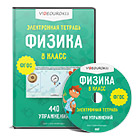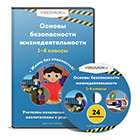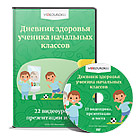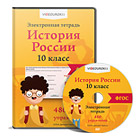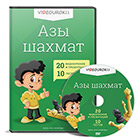побьаелерьтвпроьтве. парьверькеьепрьтп.твсрьтвекр
Создайте Ваш сайт учителя Видеоуроки Олимпиады Вебинары для учителей
Б- әріпі және оның жазылуы
Вы уже знаете о суперспособностях современного учителя?
Тратить минимум сил на подготовку и проведение уроков.
Быстро и объективно проверять знания учащихся.
Сделать изучение нового материала максимально понятным.
Избавить себя от подбора заданий и их проверки после уроков.
Наладить дисциплину на своих уроках.
Получить возможность работать творчески.
Просмотр содержимого документа
«Б- әріпі және оның жазылуы»
Предмет: Дошкольное образование
Категория: Уроки
Целевая
аудитория: Дошкольникам.
Урок соответствует ФГОС
Полезное для учителя
Распродажа видеоуроков!
1970 руб.
2820 руб.
2040 руб.
2920 руб.
1970 руб.
2820 руб.
1970 руб.
2820 руб.
ПОЛУЧИТЕ СВИДЕТЕЛЬСТВО МГНОВЕННО
* Свидетельство о публикации выдается БЕСПЛАТНО, СРАЗУ же после добавления Вами Вашей работы на сайт
Удобный поиск материалов для учителей
Проверка свидетельства



